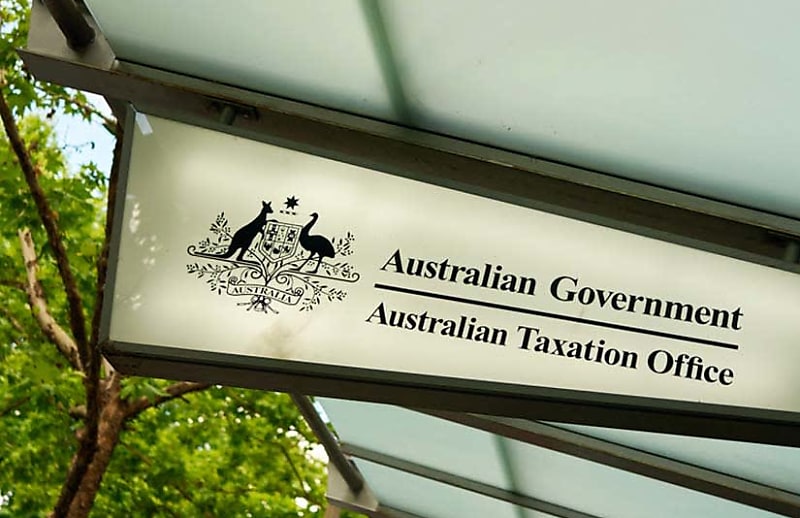Commissioner of Taxation Rob Heferen has warned taxpayers who repeatedly refuse to pay debts or engage with the ATO that it will be "moving to urgently deploy its full powers".
In a recent address at the UNSW ATAX International Conference on Tax, Commissioner of Taxation Rob Heferen said the broader debt book is currently over $105 billion.
You’re out of free articles for this month
"It’s the largest it’s ever been, and it is money that could be benefiting all Australians," said Heferen.
"We estimate that just under half of that $105.1 billion is made up of collectable debt. That $46.4 billion is almost double the $26.5 billion of collectable debt owed in 2019."
Heferen said it was important to be aware that only 22,000 taxpayers are responsible for $11 billion of the total amount of collectable debt.
"In context, that’s about 1 per cent of the total debtors responsible for 20 per cent of what’s owed," he said.
These 22,000 taxpayers represent various sizes and are a primary target for the ATO's debt collection activities, he warned.
"This approach we are taking to collect the tax owed to the government is deliberate and targeted, with action being taken for those who repeatedly refuse to engage with us and continue to ignore our reminders," said Heferen.
"For these taxpayers, we are moving more urgently to deploy the full powers available to us and we are beginning to see some positive impacts of this work, through reduction in the amount of debt owed to the government."
Despite the growth in the tax debt book, Heferen stressed that Australia's tax gap remained low.
The most recent tax gap data for 2021–2022 revealed that the ATO collected $545.8 billion of the total $590.3 billion tax due.
"In the context of the performance of our tax system, the tax gap data indicates that we have 90.1 per cent voluntary performance. This adjusts to 92.5 per cent when we factor in our compliance action," Heferen said.
The gap for personal income taxes accounts for the largest portion of the tax gap, at $25.8 billion.
"Given the size of the population for collections, it’s not surprising that this is the biggest. This group has a net tax gap of 8.5 per cent," said Heferen.
Heferen noted that since 2016–17, the net gap has decreased from 7.8 per cent to 7.5 per cent.
He said while all tax owed to the government was a priority for the Tax Office, the ATO prioritised debt such as unpaid superannuation guarantee, PAYGW and GST that was collected from customers but not passed on to the government and the small group of taxpayers who "exhibit the most non-compliant behaviour in avoiding their obligations".
Miranda Brownlee
AUTHOR
Miranda Brownlee is the deputy editor of SMSF Adviser, which is the leading source of news, strategy and educational content for professionals working in the SMSF sector.
Since joining the team in 2014, Miranda has been responsible for breaking some of the biggest superannuation stories in Australia, and has reported extensively on technical strategy and legislative updates.
Miranda also has broad business and financial services reporting experience, having written for titles including Investor Daily, ifa and Accountants Daily.



